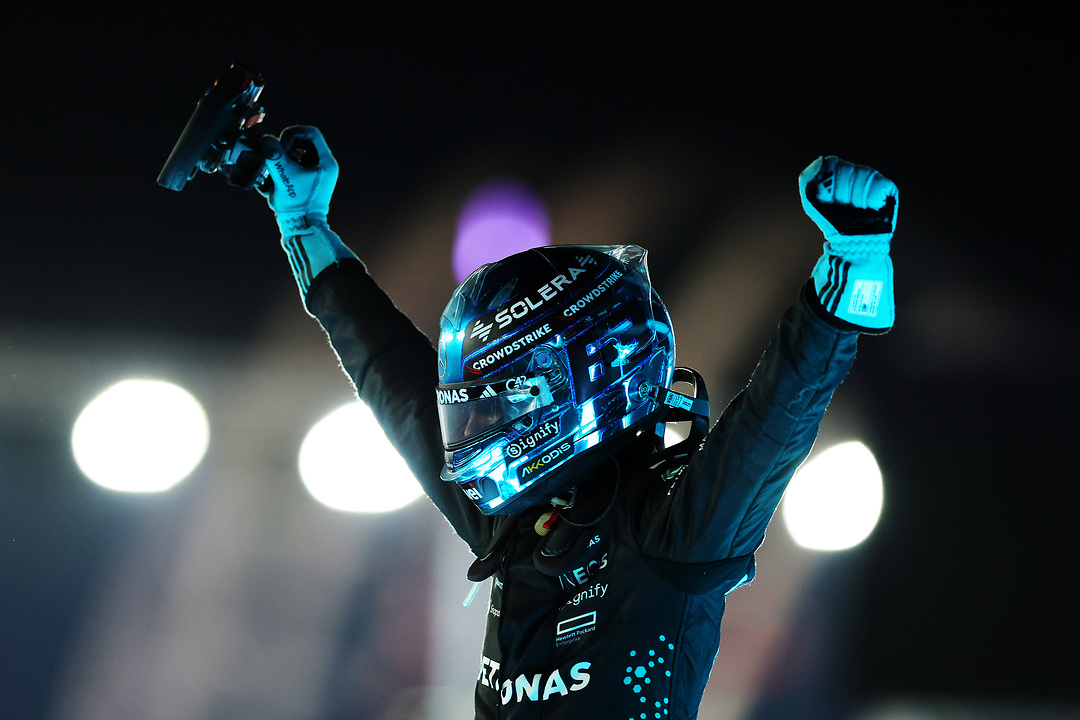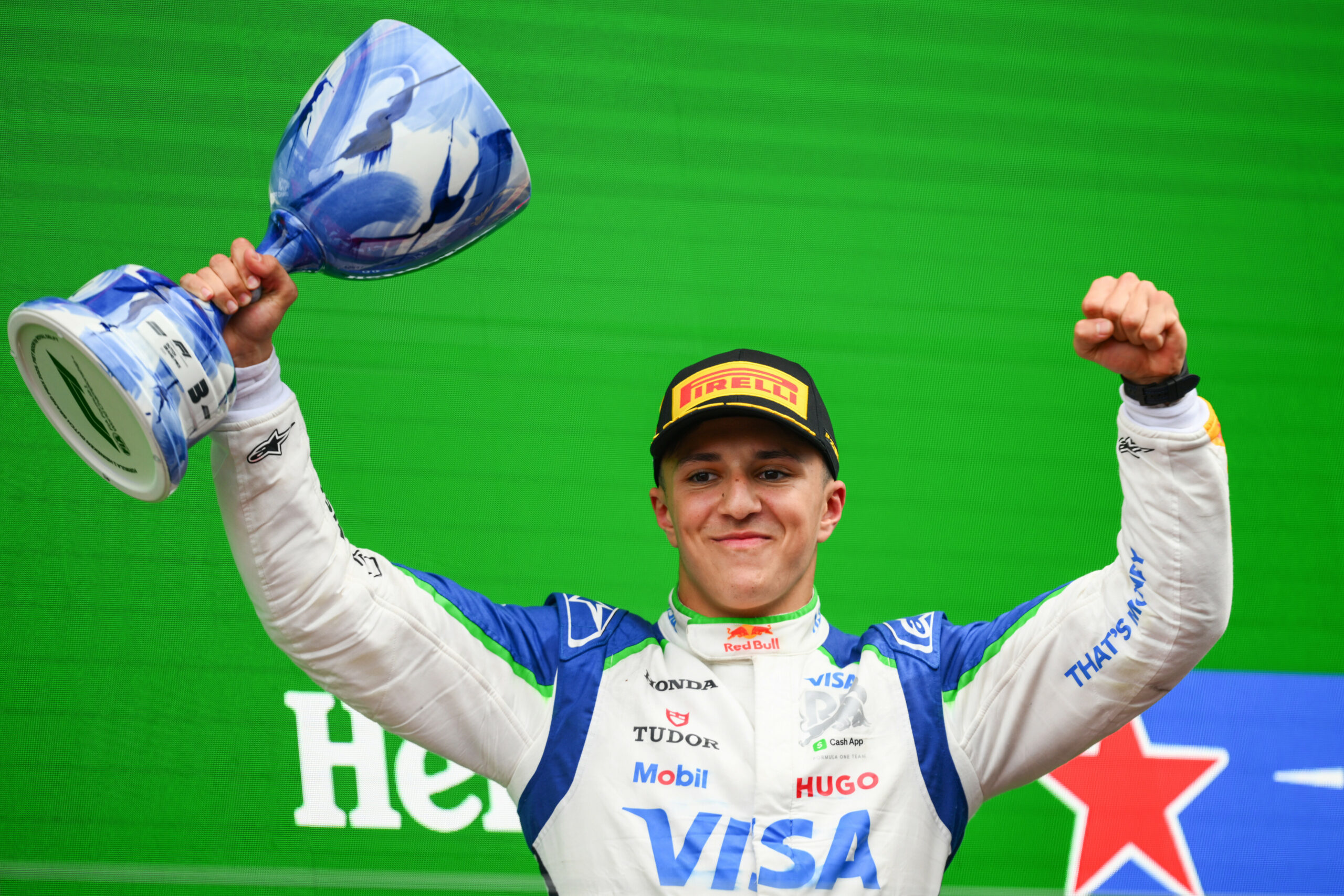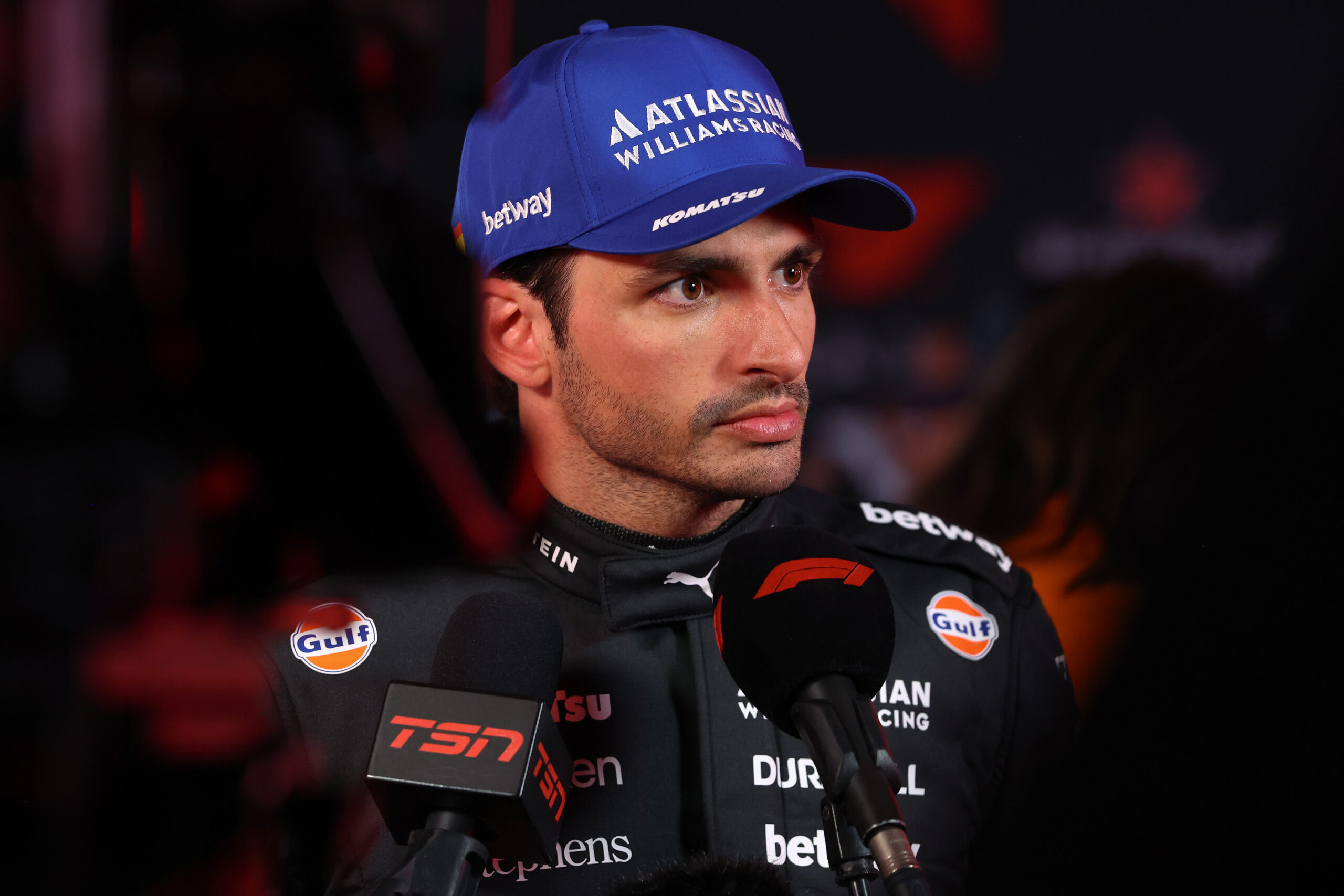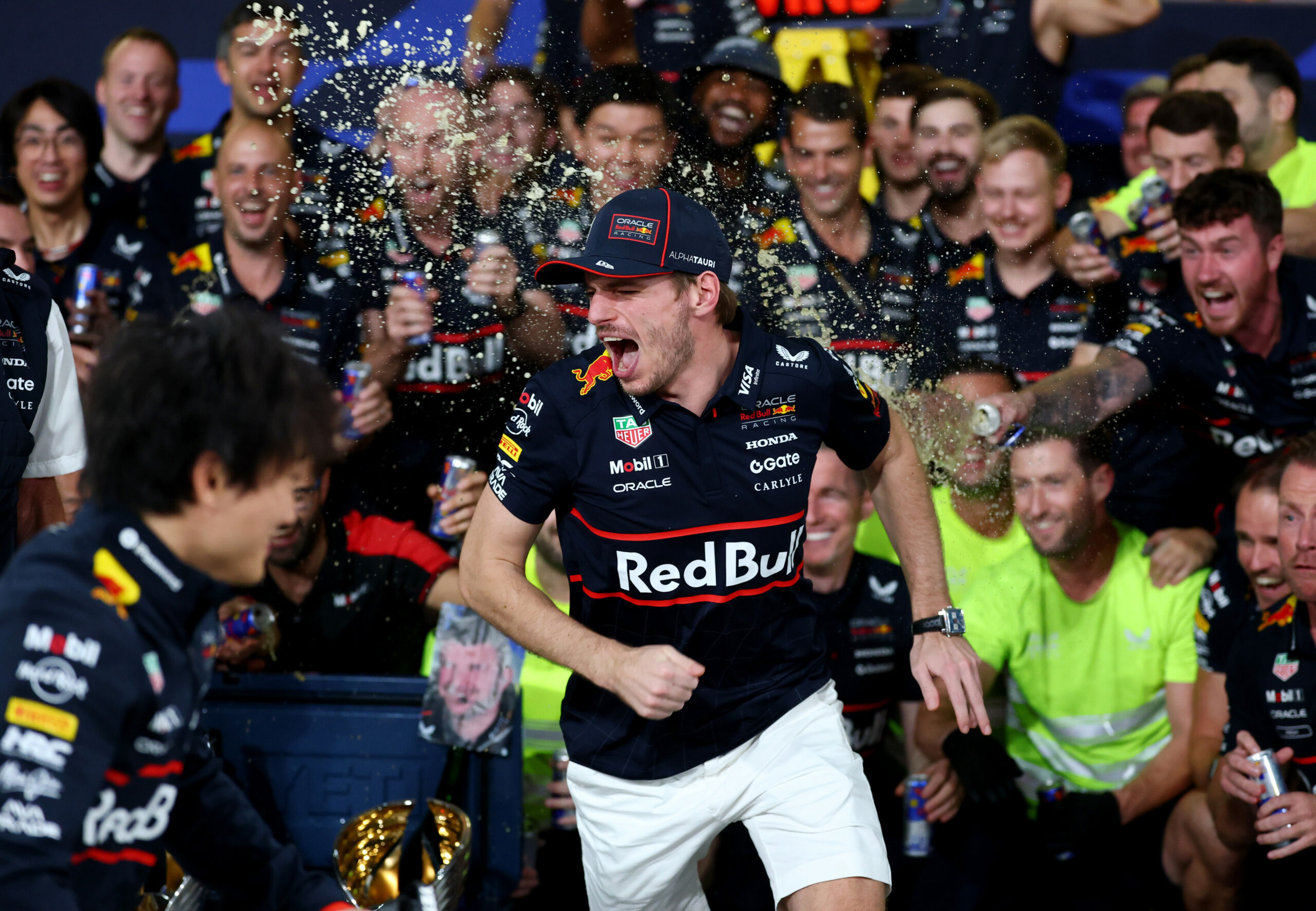Formula 1 is considering significant aero changes for the 2025 season in response to mounting concerns about the decreasing ability of cars to follow and race closely. A recent analysis by the FIA indicates that the current generation of cars has seen a dramatic 50% reduction in downforce when trailing another car compared to the gains achieved in 2022.
This unsettling trend aligns with the sentiments expressed by drivers, including Carlos Sainz, who likened the current racing experience to the challenging years of 2021 and 2020. The FIA, Formula 1’s governing body, has taken note of these concerns and is looking into potential alterations for the 2025 regulations to enhance the sport’s competitiveness.

Photo credit: FIA
As the 2024 season approaches and teams are deeply invested in their designs, implementing changes for that year seems impractical, if not impossible, as it would likely face strong resistance from competitors. Instead, the FIA is now focused on devising comprehensive solutions well in advance of 2025 to address the deteriorating aerodynamic performance and enhance racing dynamics. Nikolas Tombazis, the FIA’s single-seater director, confirmed it by saying: “We are studying solutions for 2025.
“We have identified some parts of the cars to act on, such as the endplate of the front wing, the side of the floor and the fins inside the wheels (around the brake ducts). We could lay down somewhat more restrictive rules in these areas.”
The Greek director disclosed the gravity of the situation in an exclusive interview with Motorsport.com’s Italian edition. He explained: “If we take the 2021 F1 cars, based on being two lengths from the car in front, they were losing more than 50% of the [aero] load. With the 2022 single-seaters, there was only a 20% reduction in load. But now we are at about 35%. Surely there has been a worsening and, on this point, Carlos [Sainz] is right. We have identified what we should act on.”
To restore the cars’ capacity to closely follow each other, the FIA is considering adjustments to various aspects of the car design. This includes modifications to the endplate of the front wing, the side of the floor, and the fin configurations within the wheels surrounding the brake ducts. These changes are intended to create more restrictive rules in these areas and recapture the competitive edge witnessed in 2022.
Tombazis acknowledged that certain developments in current car designs have inadvertently hindered the racing spectacle. However, he emphasized that the FIA’s ability to intervene is limited by existing regulations.
“We have the right to act on flexible bodywork when we see something that does not convince us because the regulation says that parts should be rigidly secured and immobile,” he stated.
“In reality, we know that this is not [strictly] possible, so there is a right to apply common sense. The regulations do not allow us to act on things we do not like on the cars. There are several aspects in the interpretation of the aerodynamic regulations that we do not like at the moment, but to change something we would need to go through the procedures to achieve a broad consensus,” he added.
While the road ahead may be complex, with various hurdles to overcome, the commitment to revitalizing Formula 1’s racing dynamics is unwavering. As preparations for the 2025 season take shape, the sport’s stakeholders are determined to strike the right balance between aerodynamic innovation and maintaining the thrilling wheel-to-wheel action that defines Formula 1.





